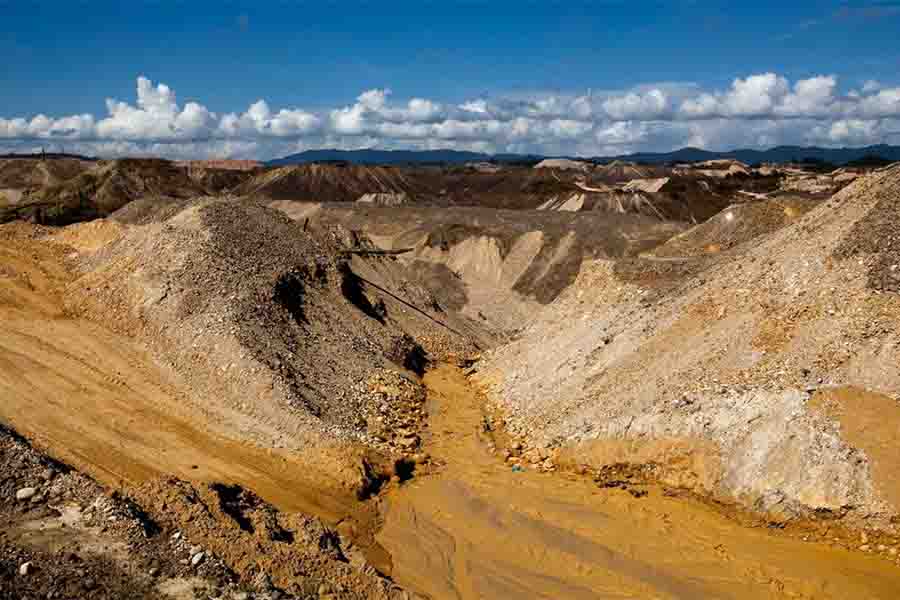There appears to be no respite from environmental degradation for the prized Amazon rainforests as successive reports continue to bring grim news of one economic pursuit or another that relentlessly degrades a swathe of real estate widely described as ‘the lungs of the world’.
Peru has the second-largest portion of the Amazon rainforest after Brazil and illegal gold mining is reportedly particularly prevalent in areas like La Pampa in the Madre de Dios region of Peru, where gold is abundant and regulation difficult to enforce. As gold prices have climbed in recent years, illegal alluvial gold mining has expanded in Madre de Dios, with over 60,000 hectares of land having been destroyed, and the health of communities living in the region compromised on account of unregulated use of mercury in mining.
Like Peru, Guyana is a signatory to the Minamata Convention on Mercury, though countries in the region sharing that common commitment are hamstrung by serious limitations in their ability to effectively monitor the extent of mercury use in mining operations in remote, jungle-dominated areas of their respective countries.
Gold mining is believed to have recently outstripped coal burning as the world’s single largest source of airborne mercury pollution, annually releasing as much as 1,000 tons of mercury into the atmosphere. Mercury’s popularity as a cheap and effective means of extracting gold has meant that the pursuit continues to find its way around international treaties and conventions designed to push back the proliferation of its use in gold mining.
In Peru, with gold-mining having become a major money earner for both small and large-scale operations, the application of mercury has reportedly helped small-scale miners transform more than 100,000 hectares of jungle into gold mining operations, leaking mercury into ponds and rivers, contaminating fish eaten by miners and Indigenous peoples.
More recent studies also suggest that swathes of the prized Amazon rainforest now act like a kind of mercury sponge. “Leaves, which are coated in mercury-tainted dust, also absorb gaseous mercury as they take in air. The metal eventually finds its way to the forest floor as leaves fall or rain washes off the dust,” a recent report informs.
Researchers have also found “sobering signs” that mercury has now made its way into forest creatures, a sign that the deadly substance has now entered the food chain.










